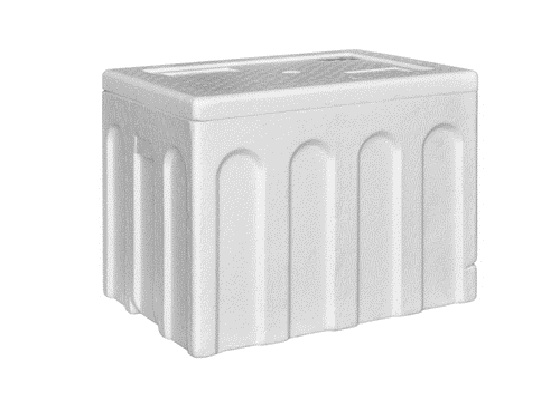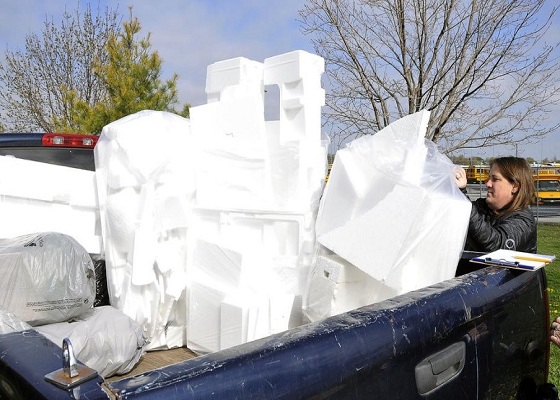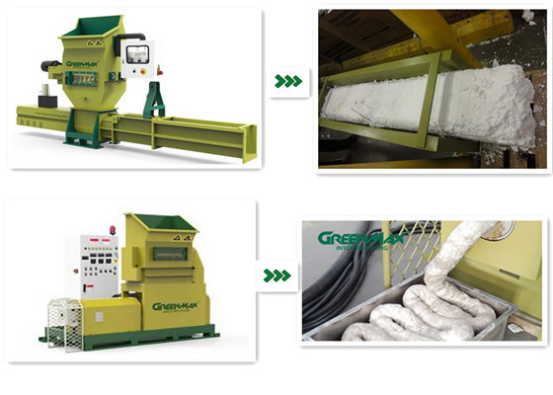When you get a polystyrene box, you may choose to reuse it as a packading material or throw it out. Anyway, the ultimate fate of polystyrene is usually burn or landfill. Polystyrene recycling seems unfamiliar to us all. But in recent years, polystyrene recycling ha found a new way.
 According to the foam Packaging and Recycling Alliance, the polystyrene industry claims that its recycling rate is about 12 percent, but includes EPS manufacturing waste, which is immediately reused. In fact, producing new polystyrene is usually better than collecting. Transport and dispose of materials for easier and cheaper than recycling. This is why polystyrene products are growing in number but the recycling rate is still now.
According to the foam Packaging and Recycling Alliance, the polystyrene industry claims that its recycling rate is about 12 percent, but includes EPS manufacturing waste, which is immediately reused. In fact, producing new polystyrene is usually better than collecting. Transport and dispose of materials for easier and cheaper than recycling. This is why polystyrene products are growing in number but the recycling rate is still now.
It’s usually not very economical to ship a truck to a recycling center. Recyclers must find a way to reduce the size of the material to a more manageable size. Balers take foam packaging and compress it, reducing the bulk somewhat. Another method is to use limonene, a natural solvent made from orange peels. Limonene dissolves and concentrates EPS and can itself be reused. The chemical causes the EPS foam to “melt” without heat, reducing it to 5 percent of its original size. Thermal compaction uses heat to reduce chopped EPS to a concentrated brick that’s easier to ship.
INTCO, been specialized in polystyrene recycling for decades, is a polystyrene recycling specialist. GREENMAX polystyrene compactor is designed for EPS, XPS and foam food tray recycling. It can work at a high ratio of 50: 1, which means if you put 50 cubic meters of loose foam in a hopper, the machine breaks the foam into pieces, the pieces are then compressed into EPS blocks 50 times smaller than before. In addition, the foam densifier is a melting machine that can reduce the size of the waste foam to 90: 1, which makes it easier to recycle.
Polystyrene foam recycling is still our concern today, efficient recycling machines are really needed for polystyrene recycling.

